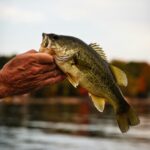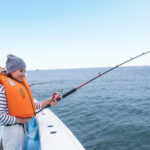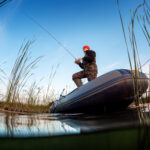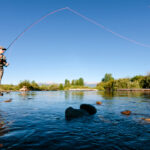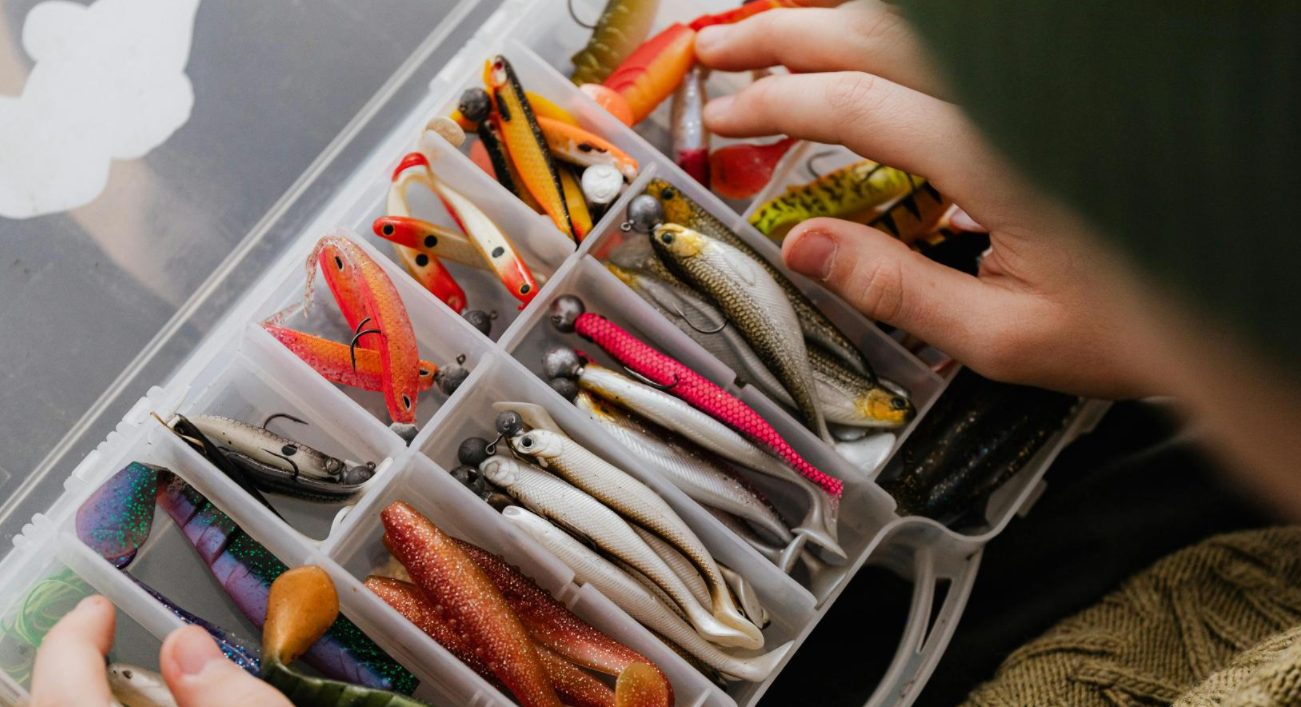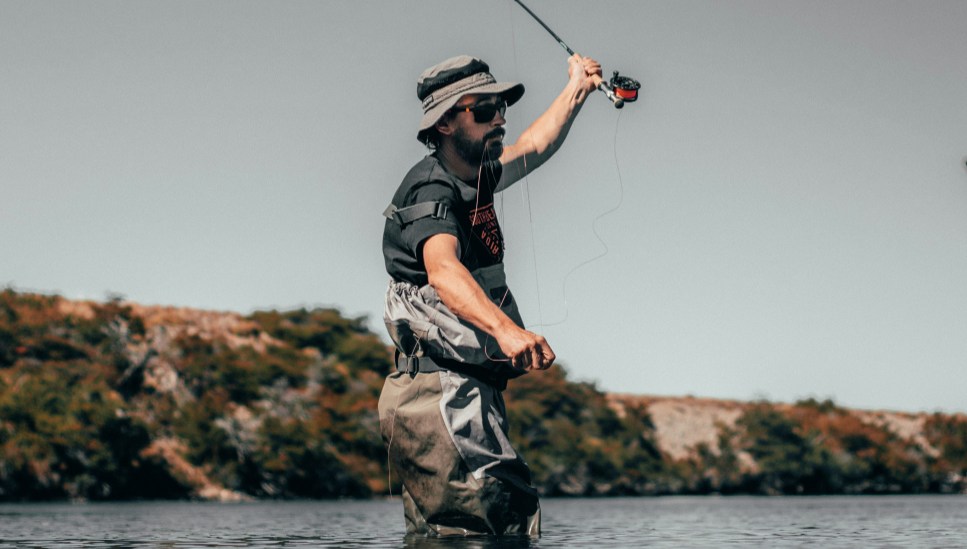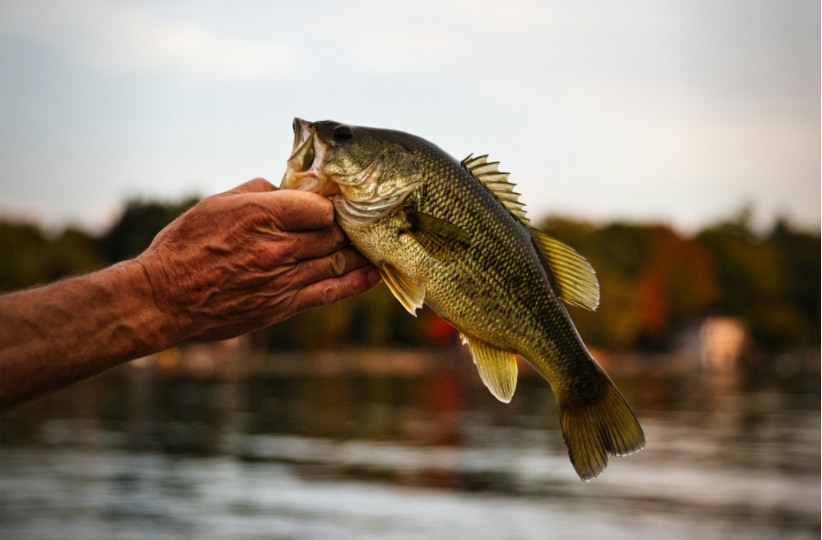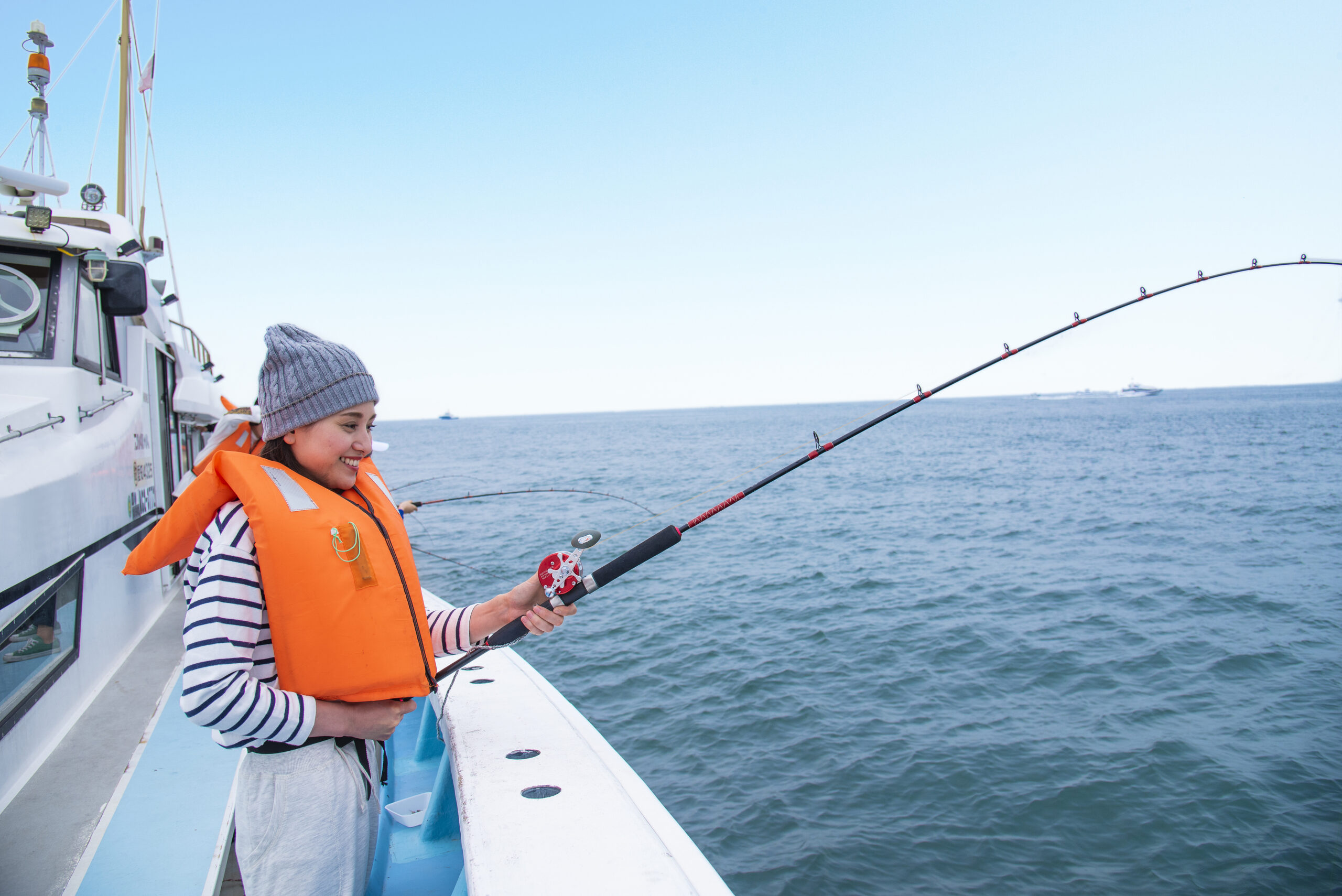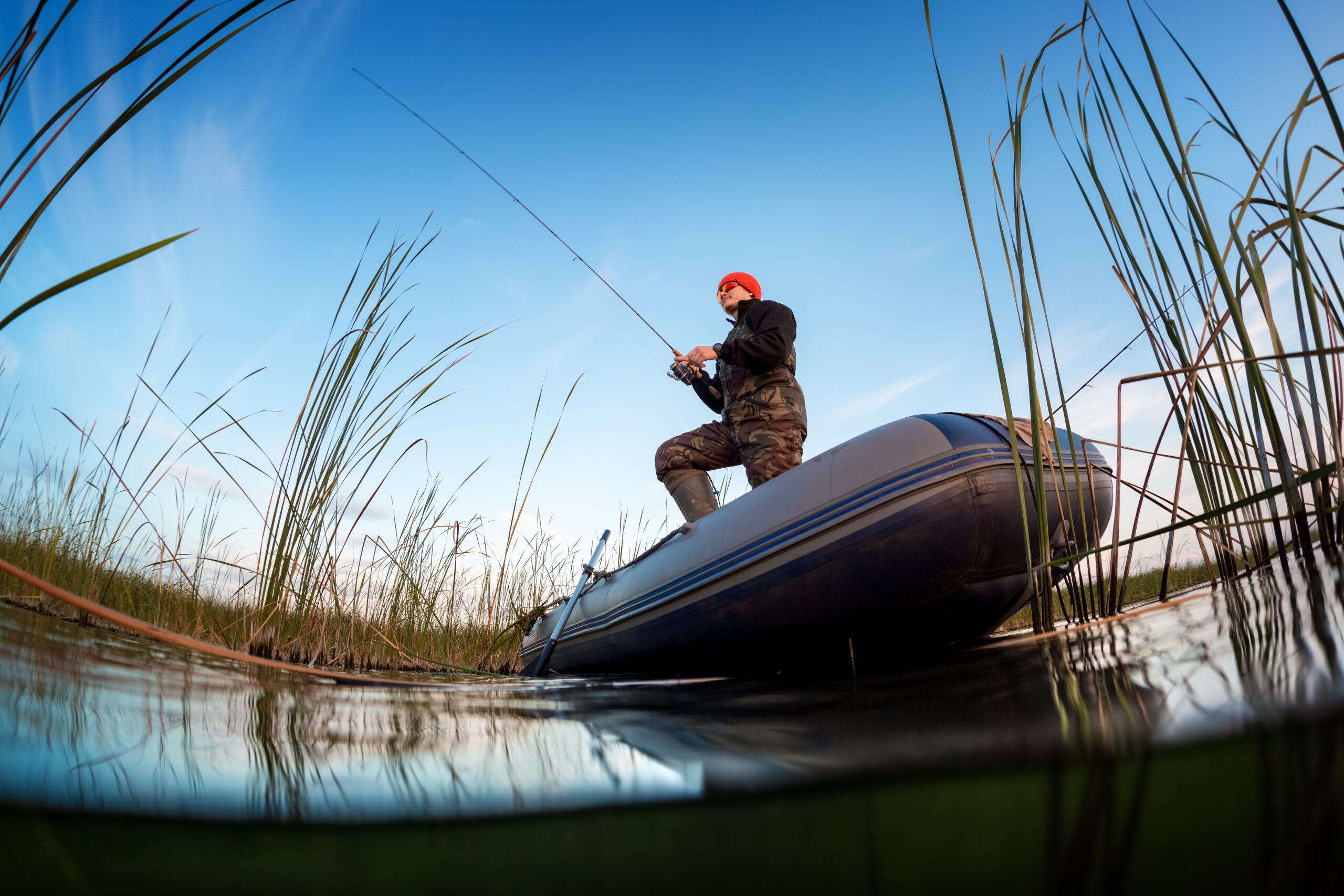Chicken rig fishing, a staple technique among saltwater anglers, is a versatile and highly effective method for catching bottom-dwelling fish. Whether you’re targeting snapper, grouper, or other reef species, mastering the chicken rig can elevate your fishing game. Its simplicity and adaptability make it a go-to option for both beginners and experienced anglers.
In this comprehensive guide, we’ll explore the essentials of chicken rig fishing, including its components, step-by-step setup, fishing techniques, and tips for optimizing your success on the water.
What Is a Chicken Rig?
A chicken rig, also known as a high-low rig, is a vertical fishing setup designed for presenting multiple baits near the bottom. The rig typically features two or more hooks attached to dropper loops above a sinker, making it ideal for bottom-feeding fish. This configuration allows anglers to offer different bait presentations simultaneously, increasing the chances of enticing fish.
Advantages of Chicken Rig Fishing
- Versatility: Works in various saltwater environments, from reefs and wrecks to sandy bottoms.
- Efficiency: Allows you to target multiple fish at once with multiple hooks.
- Adaptability: Suitable for various bait types and fish species.
- Ease of Use: Simple to assemble and easy to deploy.
Components of a Chicken Rig
To assemble a chicken rig, you’ll need the following components:
- Main Line: Monofilament or fluorocarbon line, typically 20-80 lb test depending on your target species.
- Hooks: Circle or J-hooks in sizes appropriate for your target fish.
- Leader Material: Heavier monofilament or fluorocarbon for abrasion resistance, usually 30-100 lb test.
- Dropper Loops: Used to attach the hooks to the leader.
- Sinker: A weight to keep the rig near the bottom; use a pyramid or bank sinker.
- Swivels: Prevent line twists and secure the rig to your main line.
Step-By-Step: How to Tie a Chicken Rig
- Cut the Leader Line: Use a piece of leader material about 3-4 feet long.
- Create Dropper Loops: Tie two or more dropper loops along the leader, spaced 8-12 inches apart. Ensure the loops are secure and evenly distributed.
- Attach Hooks: Thread each loop through the eye of a hook, then pass the loop over the hook to secure it in place.
- Attach the Sinker: Tie a sinker to the bottom end of the leader using a secure knot.
- Connect to the Main Line: Attach the top of the leader to your main line using a swivel or loop knot.
Choosing the Right Bait for Chicken Rig Fishing
The success of chicken rig fishing hinges on using the right bait for your target species. Consider these options:
- Cut Bait: Strips of squid, fish, or shrimp are universally appealing to most bottom fish.
- Live Bait: Small live fish or shrimp can attract larger predators like snapper or grouper.
- Artificial Bait: Soft plastics or scented baits can also work, especially in heavily fished areas.
Best Fishing Spots for Chicken Rig Use
- Reefs: Natural or artificial reefs are excellent spots for species like snapper and grouper.
- Wrecks: Sunken ships or other structures hold an abundance of fish.
- Sand or Mud Flats: Areas where fish like flounder and sea bass frequent.
- Drop-offs: Locations where the seabed suddenly gets deeper, often bustling with life.
Techniques for Successful Chicken Rig Fishing
- Anchor or Drift?: Anchor your boat near structures if targeting specific spots, or drift to cover more ground and locate active fish.
- Controlled Descent: Slowly lower the rig to the bottom, ensuring it doesn’t tangle.
- Feel the Bite: Keep tension on the line and feel for subtle bites, often a sign of bottom feeders.
- Set the Hook: With circle hooks, simply start reeling instead of jerking the rod to set the hook.
- Stay Mobile: If the action is slow, move to a different spot or adjust bait presentation.
Tips for Optimizing Chicken Rig Fishing
- Use Braided Line: Its sensitivity helps detect light bites, especially in deep waters.
- Match the Sinkers: Choose a sinker weight that ensures your bait stays near the bottom without drifting.
- Inspect the Rig: Check knots and loops regularly to avoid losing fish due to failures.
- Vary the Bait: Offer a mix of bait types to identify what fish are most interested in.
- Be Patient: Bottom fishing often requires time for fish to investigate and bite.
Common Target Species with a Chicken Rig
Chicken rigs are highly versatile and effective for catching a wide range of species, including:
- Snapper
- Grouper
- Sea Bass
- Flounder
- Porgy
- Cod
Ethical Practices in Chicken Rig Fishing
As anglers, it’s essential to fish responsibly:
- Follow Regulations: Know the local fishing limits, sizes, and seasons for your area.
- Use Barbless Hooks: If practicing catch-and-release, barbless hooks reduce stress and injury to fish.
- Minimize Waste: Properly dispose of bait packaging and fishing gear.
Conclusion
Chicken rig fishing is a tried-and-true technique that blends simplicity with high efficiency. By mastering the setup and employing the right bait and techniques, you can increase your chances of landing multiple fish on a single outing. Whether you’re fishing reefs, wrecks, or sandy flats, the chicken rig’s versatility makes it a favorite among anglers.
With the tips and techniques in this guide, you’re well on your way to chicken rig success. So grab your gear, hit the water, and enjoy the thrill of bottom fishing like a pro!


